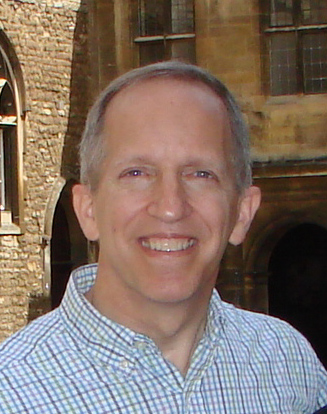By Warren Bird
 Big churches, for right or wrong, get a disproportionate amount of media attention. This happens especially Christmas and Easter, and in year-end tallies. Below I profile the latest megachurch statistics.
Big churches, for right or wrong, get a disproportionate amount of media attention. This happens especially Christmas and Easter, and in year-end tallies. Below I profile the latest megachurch statistics.
Keep in mind that the average church globally numbers fewer than 100 in worship. Across the world, there are almost 5 million Christian congregations; the Center for the Study of Global Christianity’s Status for Global Mission — 2013 (line 42) puts the number at 4,629,000. In some countries, especially those where Christianity is all but illegal, these gatherings of Christians are almost exclusively house churches in form. In fact, today 5.1 billion people today live in countries with high or very-high religious restrictions or hostilities, according to Pew Research Center. Thus for better or for worse, only in some countries are large public churches free to develop.
Megachurches — those Protestant congregations averaging 2,000 or more in weekly worship attendance, adults and children, all physical campuses — exist in at least 48 countries. (See my list of global megachurches here). Many nations, even giant ones like India, have received minimal research in terms of how churches are growing and multiplying. I look forward to the day when churches worldwide, including larger churches, receive equal study and attention. For now, megachurches in North America have been researched more than those in other countries, so here’s what we know about very large churches in the United States:
Scope and size of U.S. megachurches
5 million — Number of people who worshipped in a U.S. megachurch last weekend (if it was a regular weekend, with Christmas and Easter being much higher)
1,650 — Current number of megachurches in the United States, according to church lists compiled by Leadership Network
0.5% — While almost 10% of Protestant churchgoers attend a megachurch, these churches represent only about half of one percent of the roughly 320,000 Protestant churches that exist in the United States. For more breakdown by size, see these Hartford Institute for Religion Research FAQs.
46 — Amount of the 50 states which have a megachurch (not yet in Delaware, Maine, Rhode Island and Vermont). Megachurches can be found in Washington DC, as well.
 Almost all — Number of Protestant denominations that have at least one megachurch from the biggest denominations (Southern Baptists, United Methodists, Evangelical Lutherans, etc., which each have many) to smaller denominations (Foursquare, Christian & Missionary Alliance, Nazarene, etc.). Most denominational megachurches hold their denominational affiliation lightly — Saddleback is Southern Baptist, and LifeChurch.tv is Evangelical Covenant, for example — and many are nondenominational, such as Lakewood, Willow Creek, North Point and Potter’s House.
Almost all — Number of Protestant denominations that have at least one megachurch from the biggest denominations (Southern Baptists, United Methodists, Evangelical Lutherans, etc., which each have many) to smaller denominations (Foursquare, Christian & Missionary Alliance, Nazarene, etc.). Most denominational megachurches hold their denominational affiliation lightly — Saddleback is Southern Baptist, and LifeChurch.tv is Evangelical Covenant, for example — and many are nondenominational, such as Lakewood, Willow Creek, North Point and Potter’s House.
21% — Amount of today’s megachurches founded in the last 20 years. Average (median) founding date of all current megachurches is 1977.
22% — Amount of today’s megachurches founded by their current lead pastor. (Thus, the current pastor was the church’s very first pastor.)
79% — Amount of current megachurch pastors who led their congregation through its most dramatic growth era occur — i.e., under whose leadership it became a megachurch.
55 — Average (median) age of today’s megachurch lead pastor (5% are under age 40; 18% are under age 45)
92% — I’ve personally visited 23 of the 25 (or 92%) largest-attendance Protestant churches in the United States. (I visit lots of churches of other sizes, too.)
Read more facts about megachurches in various reports Bird has written or co-written.
 Warren Bird, Ph.D., research director at Leadership Network, with background as pastor and seminary professor, is author or co-author of 24 books for ministry leaders, including Better Together: Making Church Mergers Work with Jim Tomberlin. His most recent title is Wisdom from Lyle E. Schaller. Some of Warren’s recent online reports include “The Heartbeat of Rising Influence Churches,” “Pastors Who Are Shaping the Future” and “A New Decade of Megachurches.” Follow him on Twitter @warrenbird.
Warren Bird, Ph.D., research director at Leadership Network, with background as pastor and seminary professor, is author or co-author of 24 books for ministry leaders, including Better Together: Making Church Mergers Work with Jim Tomberlin. His most recent title is Wisdom from Lyle E. Schaller. Some of Warren’s recent online reports include “The Heartbeat of Rising Influence Churches,” “Pastors Who Are Shaping the Future” and “A New Decade of Megachurches.” Follow him on Twitter @warrenbird.
RELATED RESOURCES


